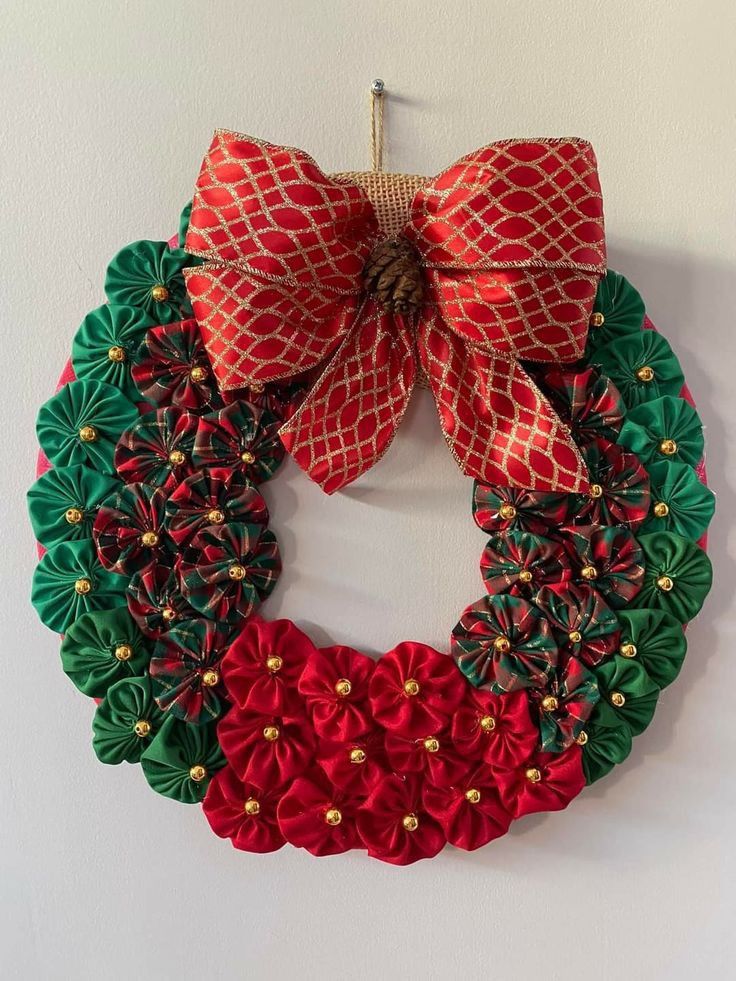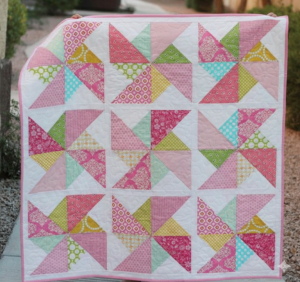
Few quilt designs are as iconic, simple, and versatile as the Pinwheel pattern. With its timeless look and dynamic shape, the Pinwheel has been a favorite of quilters for generations. Whether used in traditional or modern quilting, this pattern continues to inspire creativity and add a sense of motion to fabric compositions. Its charm lies not only in its visual appeal but also in its accessibility—making it one of the first designs many quilting enthusiasts learn when starting their journey.
The Pinwheel is more than just a design; it is a symbol of joy, tradition, and endless possibilities in patchwork. In this article, we will explore the origins of the classic Pinwheel pattern, its defining features, the symbolism behind it, and why it remains a beloved choice among quilters around the world.
What makes the Pinwheel truly special is its ability to bridge generations. Many quilters recall learning this block from a grandmother, a parent, or a local quilting group, making it not just a pattern but a piece of shared heritage. Each Pinwheel block carries within it a sense of nostalgia and continuity, while also providing a canvas for modern expression. It is a design that connects past and present through fabric, color, and imagination.
The Pinwheel block has a long history in quilting, often traced back to the 18th and 19th centuries. Early American quilters, many of whom worked with limited fabric resources, relied on simple yet striking patterns to create visual impact in their quilts. The Pinwheel emerged as a solution: a straightforward design made from basic triangles, which could be assembled into a block that suggested movement and energy.
Its resemblance to a child’s spinning toy gave the pattern its name. The Pinwheel quilt quickly became popular in homes, as it was easy to piece together and offered endless variations. Farmers’ wives and homemakers used scraps of fabric—often from old clothing or household textiles—to craft blocks that became part of larger quilts.
During this time, quilts were not only utilitarian but also a form of storytelling. The Pinwheel pattern, with its playful and dynamic design, often represented optimism, change, and the joy of everyday life. For many, it was also a way to bring lightheartedness and cheer into homes during times of hardship.
The Pinwheel quilt block is instantly recognizable by its clean, geometric form. It is created by arranging four half-square triangles in a way that forms a spinning effect, resembling a small windmill or catawba fan. Each block typically consists of two contrasting fabrics—one light and one dark—to enhance the sense of rotation and create a bold visual effect.
Here are the key features that make the Pinwheel pattern stand out:
Simple construction: Built with half-square triangles, the Pinwheel is one of the most beginner-friendly blocks in quilting.
Dynamic movement: The angled design creates the illusion of motion, making quilts look lively and energetic.
Color versatility: From soft pastels to vibrant primary colors, the Pinwheel can adapt to any color palette, changing its overall mood and style.
Scalability: Pinwheel blocks can be used alone for a minimalist effect or repeated across an entire quilt for a bold, dramatic design.
Adaptability: This pattern works well in both traditional quilts and modern interpretations, including wall hangings, table runners, and even clothing accents.
Modern quilters have expanded on this classic design by experimenting with larger blocks, scrappy variations, or blending the Pinwheel with other block styles. Despite these innovations, the core essence of the Pinwheel—the feeling of motion—remains unchanged.
Step by Step The Classic Pinwheel Pattern
The Pinwheel pattern is more than just a pleasing visual arrangement; it carries symbolism that has resonated with quilters for centuries. The spinning effect created by the triangles represents energy, cycles, and the passage of time. Just like an actual pinwheel toy spins in the wind, the quilt block suggests vitality and forward movement.
For many families, quilts featuring the Pinwheel block symbolized happiness, playfulness, and hope. Its association with childhood toys added a sense of innocence and lightheartedness. This made the pattern especially popular in quilts for children’s beds or baby gifts.
The design can also be interpreted as a metaphor for resilience. Just as a pinwheel continues to spin with the breeze, the pattern evokes the ability to adapt and keep moving forward, even during life’s challenges.
In contemporary quilting, many makers embrace the Pinwheel not only for its traditional roots but also for its modern symbolism. It can represent creativity in motion, a reminder of how fabric, color, and imagination can come together in endless new ways.
While the Pinwheel is a classic quilt pattern, it has not lost its relevance in the modern quilting world. On the contrary, it continues to thrive thanks to its versatility and charm. Today, quilters use the Pinwheel in a variety of ways that go beyond traditional bed quilts.
Some contemporary applications include:
Baby quilts and crib blankets, where the playful design adds warmth and joy.
Home décor, such as wall hangings, pillow covers, and table runners.
Modern quilting, where larger Pinwheels or scrappy versions create bold, artistic statements.
Mix-and-match designs, combining Pinwheel blocks with other quilt blocks to form complex and unique compositions.
The rise of digital quilting tools and online communities has also allowed quilters to share endless variations of the Pinwheel. From minimalist two-tone designs to intricate multi-colored patterns, the Pinwheel continues to inspire innovation while staying true to its classic roots.
Its timeless appeal lies in its simplicity. The Pinwheel is approachable for beginners yet offers enough creative flexibility to engage experienced quilters. This balance between accessibility and artistic freedom ensures that the Classic Pinwheel Pattern remains one of the most enduring quilt blocks of all time.
The Classic Pinwheel Pattern is a cornerstone of quilting history and design. With its origins in the early days of American quilting, its simple construction, and its symbolic meanings of joy and resilience, the Pinwheel has become a timeless favorite. Its ability to adapt to both traditional and modern contexts demonstrates why it remains one of the most celebrated quilt blocks in the craft.
Whether you are a beginner learning half-square triangles for the first time or an experienced quilter looking to reinvent a classic, the Pinwheel pattern offers endless opportunities for creativity. It is more than a design; it is a reminder of the artistry, tradition, and timeless beauty of quilting.
